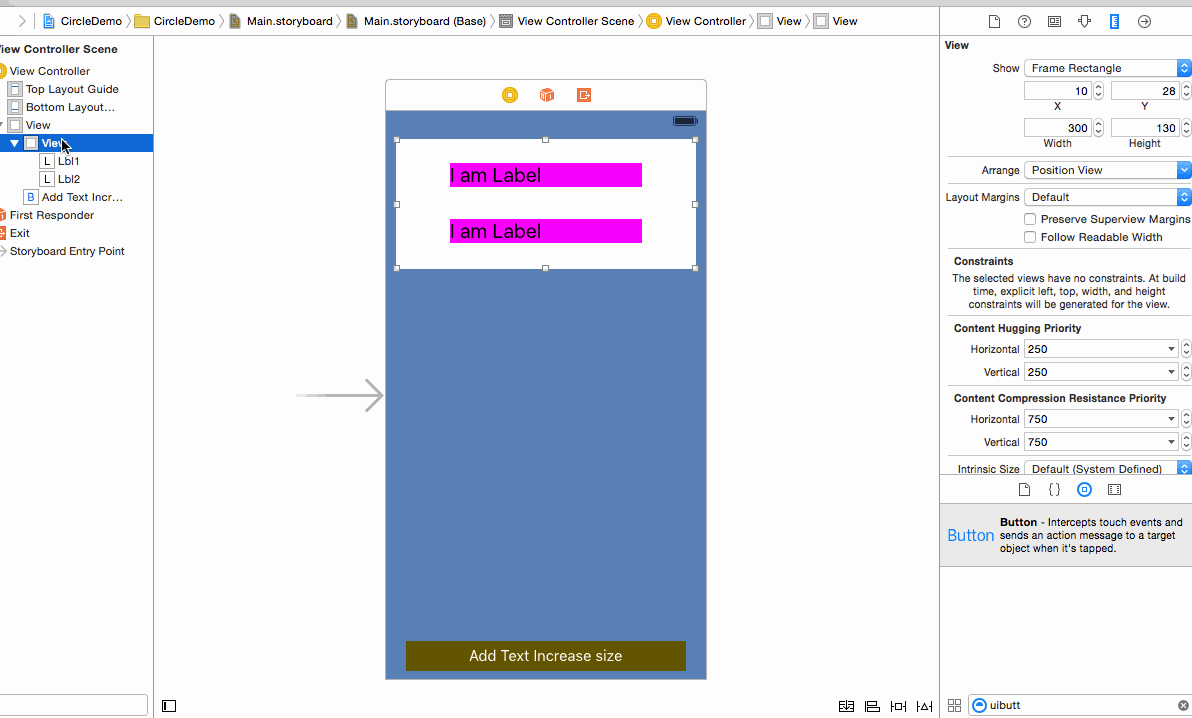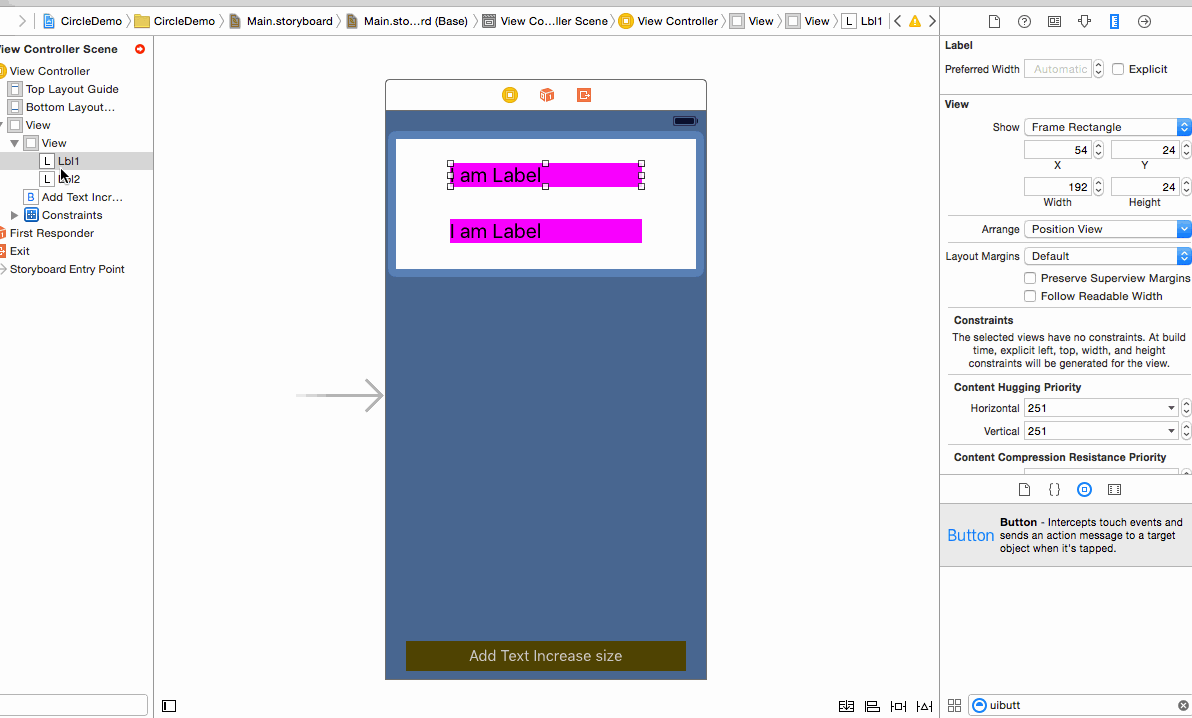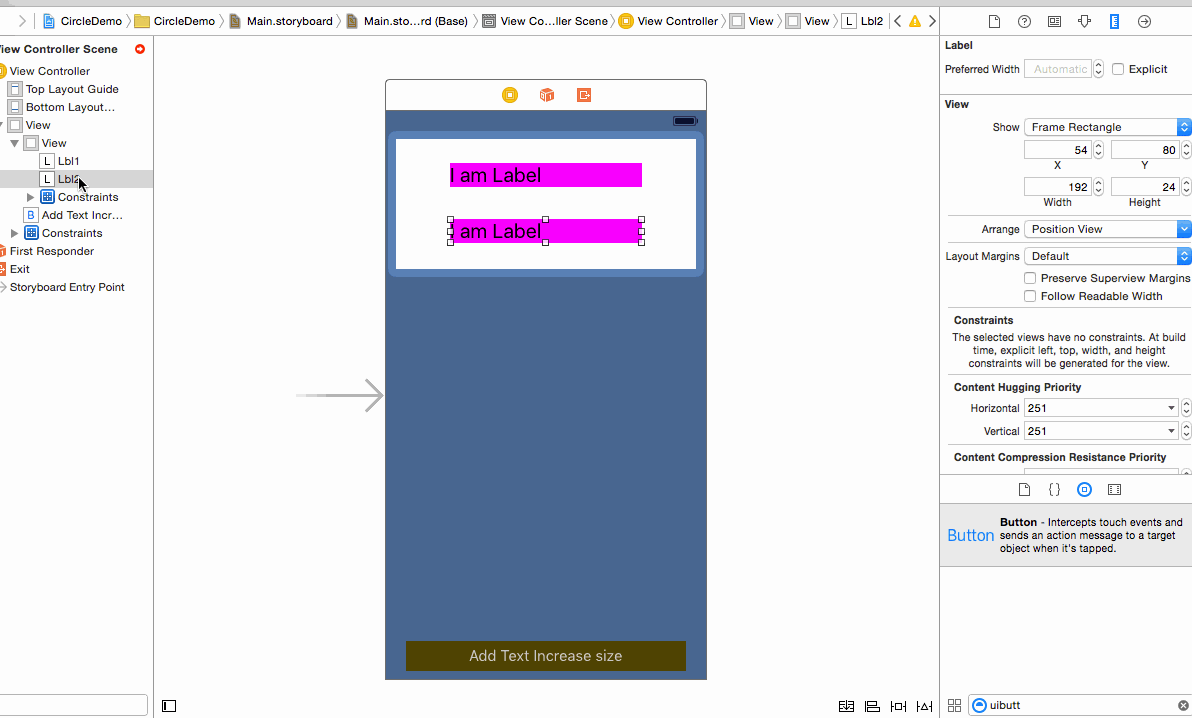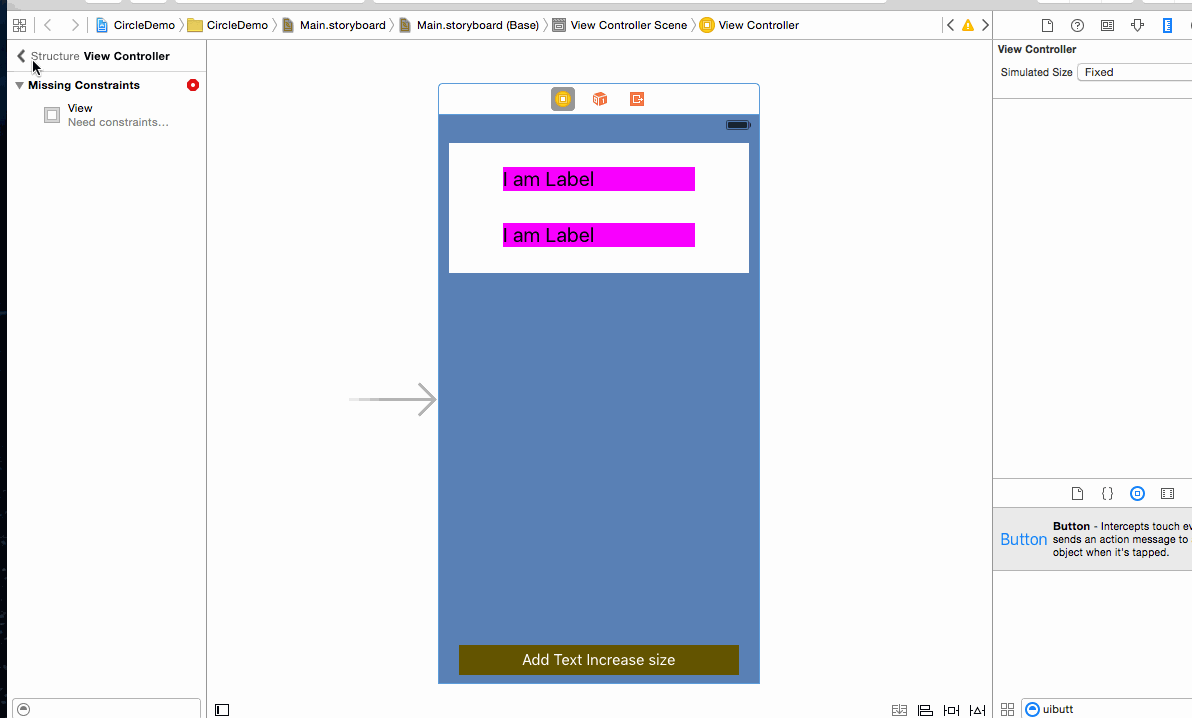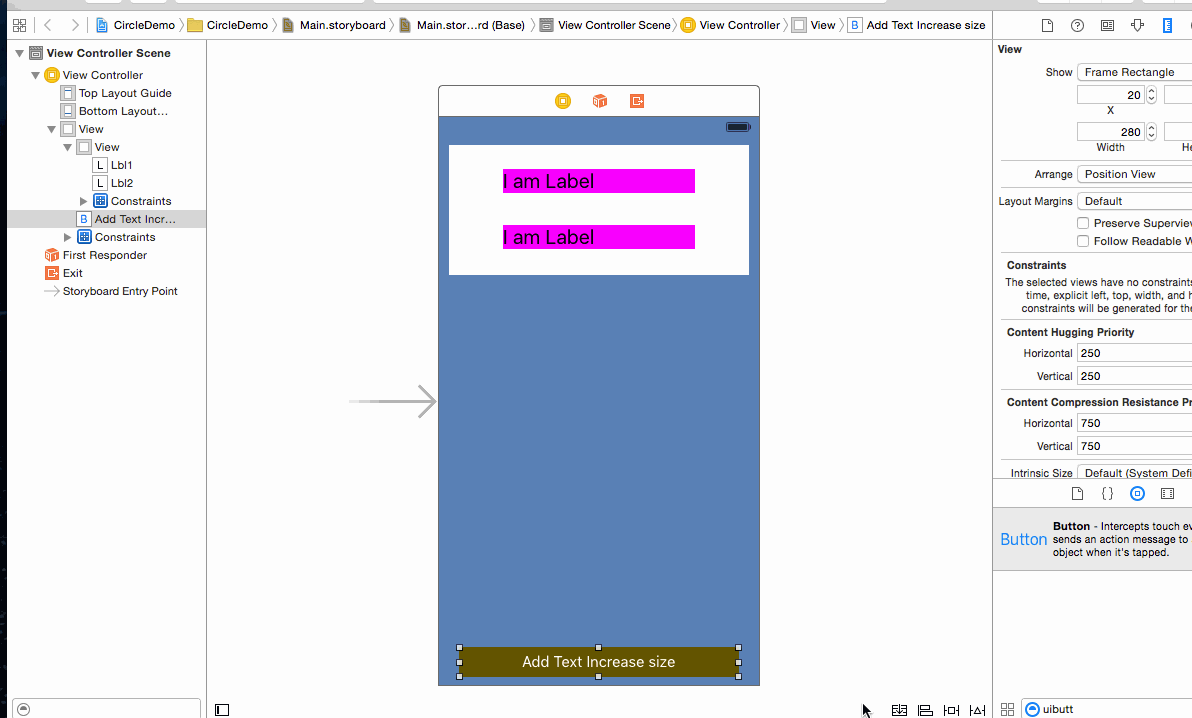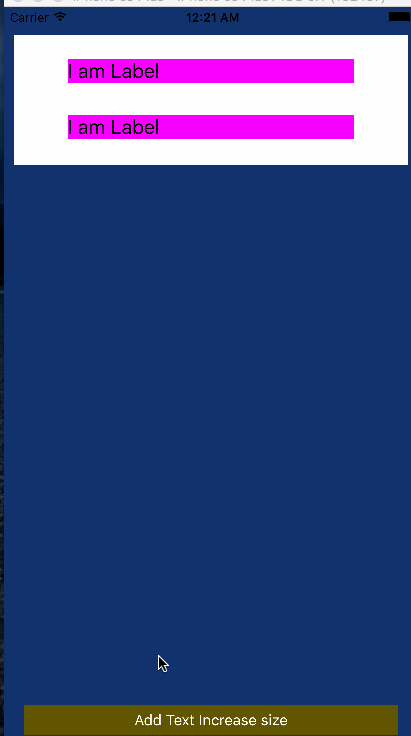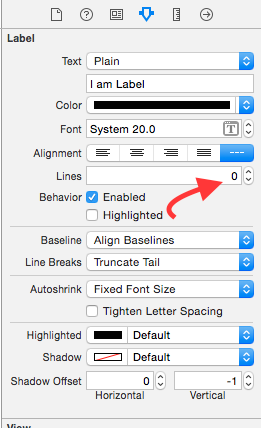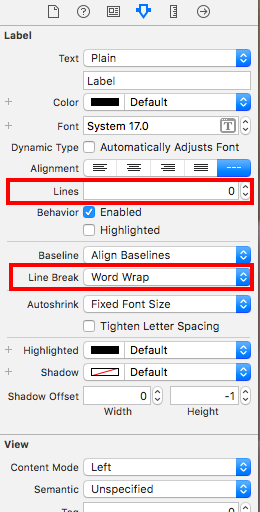Consider I have the following text in a UILabel (a long line of dynamic text):
Since the alien army vastly outnumbers the team, players must use the post-apocalyptic world to their advantage, such as seeking cover behind dumpsters, pillars, cars, rubble, and other objects.
I want to resize the UILabel's height so that the text can fit in. I'm using following properties of UILabel to make the text within to wrap.
myUILabel.lineBreakMode = UILineBreakModeWordWrap;
myUILabel.numberOfLines = 0;
Please let me know if I'm not heading in the right direction. Thanks.

